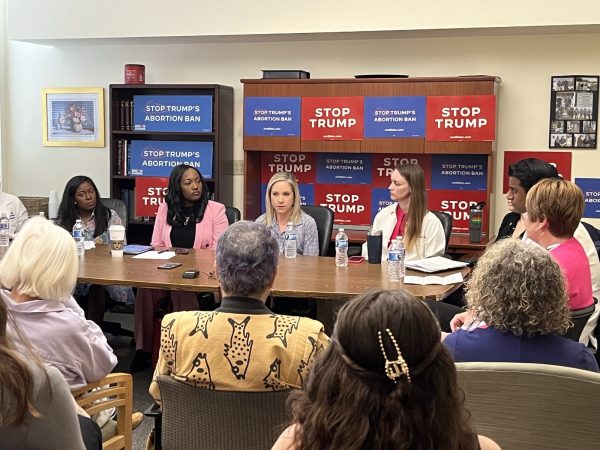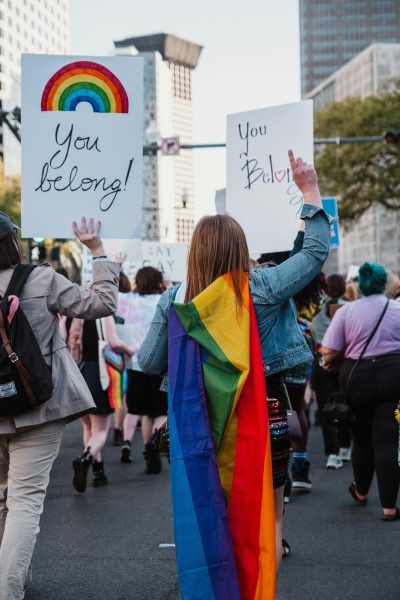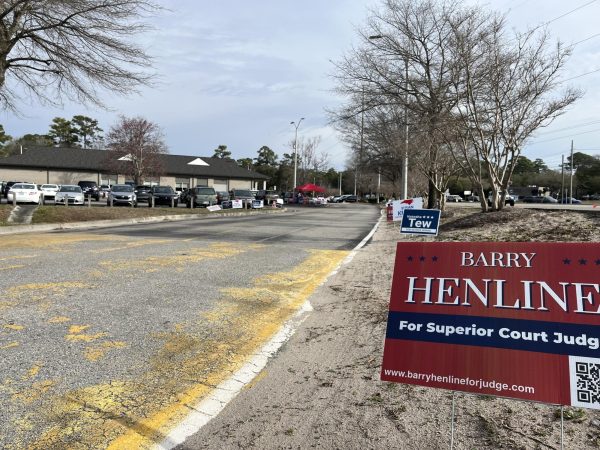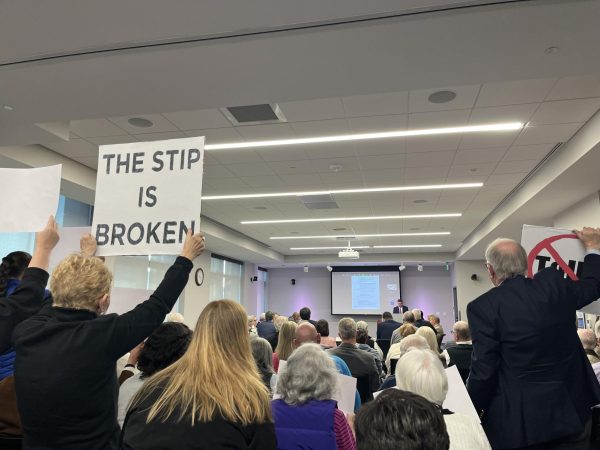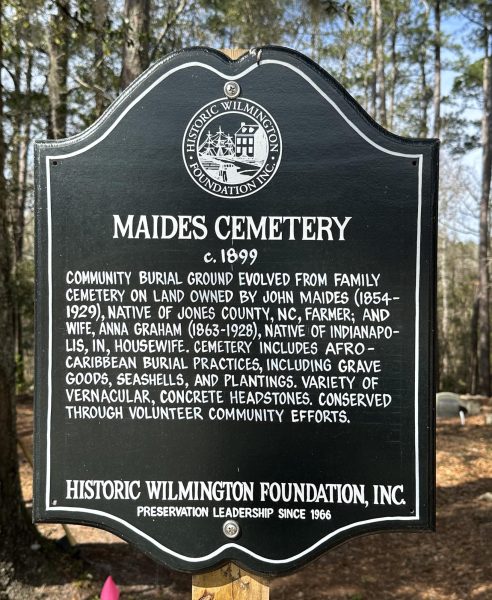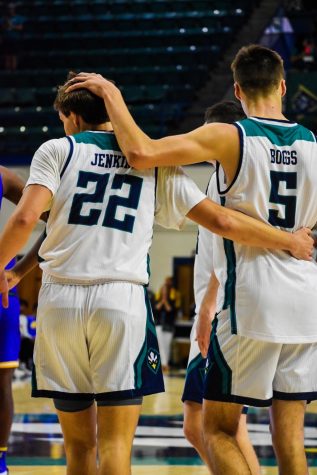Tweeting bra
November 13, 2013
Greek television personality Maria Bacodimou will be wearing a tweeting bra for two weeks to support breast cancer awareness as part of a Nestle Fitness ad campaign. The Mediterranean celebrity’s bra is rigged to send a tweet reminding women about annual self-breast exams every time she unhooks it, which seems to be often, although I can’t read Greek.
There was one tweet in English that read: “Some don’t understand me cause I speak Greek. Instead of learning Greek, learn something easier: how to have a self-exam! tweetingbra.gr.”
But the campaign seems to be more focused on how cool Bacodimou and the bra are rather than breast cancer education or advancement.
The tweeting bra’s website is full of close ups of Bacodimou unhooking the tweeting bra and diagrams that answer questions like “A tweeting bra? How is that possible?” The self-exam instructions are at the bottom of the page, underneath a list of the bra’s tweets.
Nestle Fitness said the bra was created for “the fight against breast cancer,” but phrases like this can be misleading. The tweeting bra is part of an ad campaign.
When a company’s mission is only advocacy, they aren’t donating funds to a cause they’re making their company more attractive to customers. The tweeting bra is reminiscent of the “I love boobies” controversy that happened just a few years ago.
Public schools across the country had freedom of speech fights with their students over whether the bracelets should be allowed in school.
I personally remember debating whether or not students should be able to wear them when I was in middle school, but I don’t ever remember a 13-year-old wearing the bracelet explaining self-exams or advising their peers on the latest research. Mostly I remember a lot of pre-pubescent boys who really wanted to wear a bracelet that said ‘boobies.’
The bigger issue with The Keep a Breast Foundation was that their mission is advocacy, not fundraising. Three years ago Grant Stinchfield reported for NBC Dallas-Fort Worth that while the bracelets have generated a net worth of millions of dollars for The Keep a Breast Foundation, only $100,000 of that money went to breast cancer program grants and awards.
They described themselves as a youth-focused organization that plans to “eradicate breast cancer for future generations,” though they don’t explain how a rubber bracelet is going to accomplish all that. The ‘I love boobies’ bracelets fed on teenagers’ obsession with breasts. The tweeting bra is now the ‘I love boobies’ bracelet for adults, alerting the twitter-sphere every time Bacodimou starts getting naked.
These campaigns glamorize and feminize breast cancer survival.
They also make male breast cancer patients feel like outcasts as breast cancer Nancy Stordahl explained in a Huffington Post article about why she dislikes the pink ribbon. She said the campaign has turned breast cancer into the “shopping disease.”
“There are too many to count lame attempts to make breast cancer awareness campaigns sexy or more light-hearted by adorning those sassy pink ribbons here, there and everywhere,” Stordahl wrote. “Sexism is alive and well in breast cancer land.”
Most importantly, Stordahl notes that the pink ribbon simply hasn’t helped.
“If you measure results in the only way that truly matters—fewer deaths from breast cancer—this has not been the outcome from all that ribboning,” Stordahl wrote. “Every year breast cancer continues to claim about 40,000 lives in the United States alone.”
Next time you come across a pink ribbon campaign, check Think Before You Pink’s ‘Before You Buy’ article to make sure your pink purchases are really making an impact.

